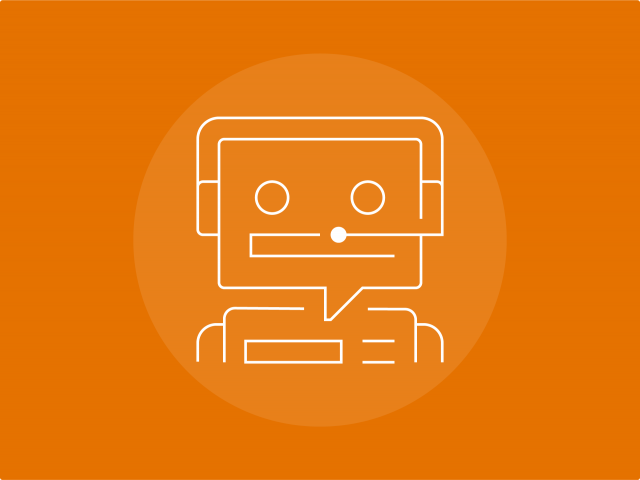

 Article
Article

 The convergence of artificial intelligence, increased global mobile connectivity, the Internet of Things, heightened computing power, virtual and augmented reality, and nanotechnology will produce a data tsunami that will require most organizations to transform how they do business.
The convergence of artificial intelligence, increased global mobile connectivity, the Internet of Things, heightened computing power, virtual and augmented reality, and nanotechnology will produce a data tsunami that will require most organizations to transform how they do business.

Insights from
The convergence of artificial intelligence (AI) — machine learning — increased global mobile connectivity, the Internet of Things, heightened computing power, virtual and augmented reality, and nanotechnology will produce a data tsunami that will require most organizations to transform how they do business. The magnitude of the coming disruption is mindboggling. One major aspect of this disruption will be the impact on employment and the resulting loss of global consumer purchasing power.
According to a January 2017 McKinsey Global Institute report, adapting existing technologies could now automate $15.8 trillion dollars of work activities, equivalent to over 1.1 billion full-time equivalent (FTE) jobs globally — including 60 million FTE jobs in the United States, totaling $2.7 trillion dollars of U.S. wages. According to research from the Martin School at Oxford University and Citi published in January 2016, technology has a high probability of automating 57 percent of the jobs in the Organization for Economic Cooperation and Development countries, as compared to 47 percent of the jobs in the United States alone. The corresponding high risk of job automation numbers for China is 77 percent, India is 69 percent, South Africa is 67 percent and Ethiopia is 85 percent.
How do businesses grow in that environment? How do you create consumers in that environment? How do economies develop? The challenges that business leaders will face will be existential. Will they be able to continuously adapt and innovate internally and externally fast enough? Will they be able to optimize the integration of human excellence and technology in a differentiating, value-creation manner?
In the face of such disruption, it is likely that every business will face four critical transformations: technology, organizational design, leadership and people — human development — the need for its human workforce to excel at tasks that technology won’t do well. Technology will change the story of work — who works and how people will work. Transformation will mean embracing ways of working, new structures, new mindsets, new behaviors, new ways of making decisions and faster data-driven adaptation, innovation and resilience in a world that is changing at the speed of technology.
The Smart Machine Age will be more disruptive than the Industrial Revolution because of its scope, scale, and the power and quality of what the technology can do. Technology’s move into doing service and professional jobs will require the human component of the workforce to excel at adaptation and learning in order to stay relevant with the technology. The new business mantra? TRANSFORM — both organizationally and individually.
Ed Hess is Professor of Business Administration and Batten Executive-in-Residence and co-author of the new book Humility Is the New Smart: Rethinking Human Excellence in the Smart Machine Age (Berrett-Koehler, 2017).
Hess is a top authority on organizational and human high performance. His studies focus on growth, innovation and learning cultures, systems and processes, and servant leadership.
Hess has authored 13 books, including The Physics of Business Growth: Mindsets, System and Processes, co-authored by Darden Professor Jeanne Liedtka; Grow to Greatness: Smart Growth for Entrepreneurial Businesses; Learn or Die: Using Science to Build a Leading-Edge Learning Organization and Humility Is the New Smart: Rethinking Human Excellence in the Smart Machine Age (January 2017), co-authored by Katherine Ludwig. His newest book is Hyper-Learning: How to Adapt at the Speed of Change (September, 2020). He has written more than 160 practitioner articles and 60 Darden cases, and his work has appeared in more than 400 global media publications.
B.S., University of Florida; J.D., University of Virginia; LLM, New York University
Surviving the Digital Age: 4 Corporate Transformations
Share